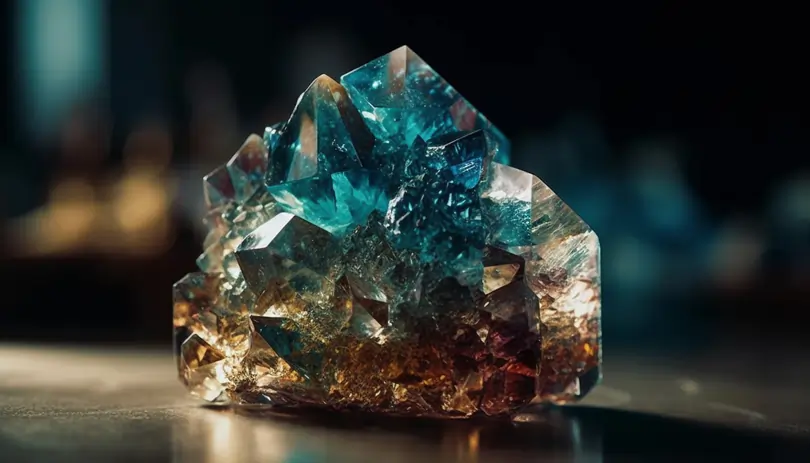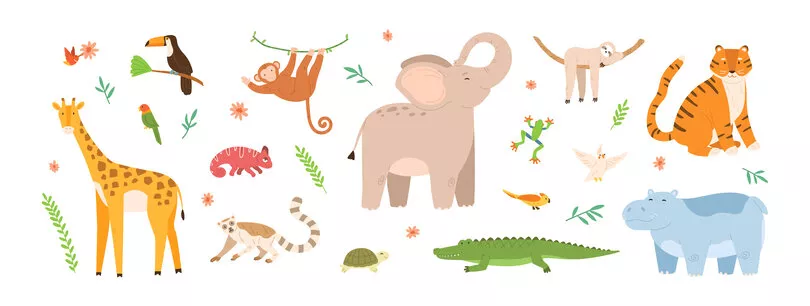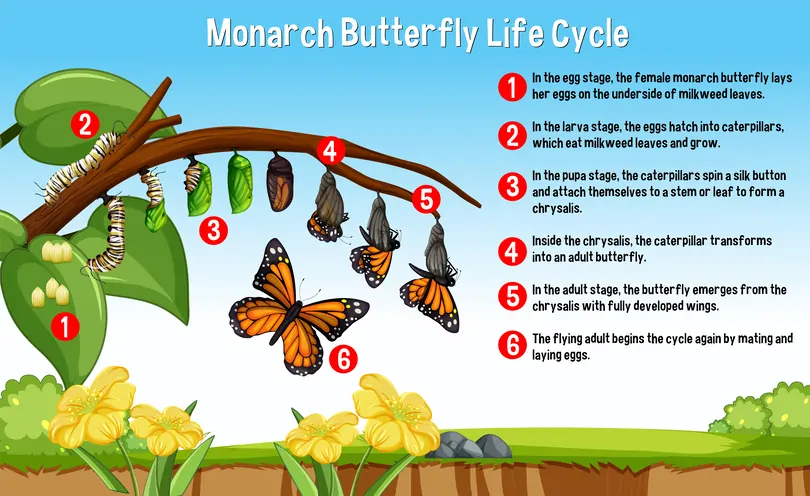Answering Technique: CER
In this article, you will learn about an answering technique known as the ‘CER’ method according to the Singapore Primary 4 Science Syllabus. It is a method to answer explanation questions which helps to link information given in the question and concepts together. At the end of the article, you will be able to use the CER method to answer explanation questions.
The ‘CER’ Method
CER stands for Claim, Evidence, and Reasoning. It is an easy answering format for students to follow in order to link information and/or data given to scientific concepts and apply them to the given situation or scenario.
| C | Claim
|
|---|---|
| E | Evidence
|
| R | Reasoning
|
This method is mostly applicable to the following types of questions:
- experimental questions
- questions that test on concepts using experiments in the first part of the question, followed by application of the concept in the earlier parts of the question to the next few parts of the question
Using Example 1 and Example 2 below to demonstrate the use of CER method
Example 1:
Yuri wanted to find out how the distance between the torch and the material affects the amount of light reflected by materials J, K, and L. Her set-up is as shown in the diagram below.
She recorded the amount of light reflected by material J with a light sensor and recorded her results in the graph as shown below. She repeated her experiment with materials K and L, one at a time.
Based on Yuri’s results, which material, J, K, or L should she use to make safety jackets for cyclists to wear at night? Explain your choice.
Thought Process
What are the requirements for making safety jackets for cyclists to be used at night?
- It is dark at night so the cyclists must be wearing something that will allow them to be seen by vehicles, especially when they are driving on the road.
- The material must be able to reflect light from the headlights of the vehicles.
With reference to the table, the material that is able to reflect the most amount of light from the furthest distance will be the possible solution to the question.
Using ‘CER’,
| C | Claim
|
|---|---|
| E | Evidence
|
| R | Reasoning
|
How should you phrase the solution?
Solution:
Material K
Explanation:
As material K reflects the most amount of light from the furthest distance, it allows cyclists on the road to be seen most easily by drivers at night.
Example 2:
The graphs below show the changes in the amount of three different types of food R, S, and T in our digestive system at the start and the end of a period of time.

Based on the information given in the graphs above, which type of food, X, Y or Z, was the easiest to be digested?
Thought Process
What happens to the amount of undigested food when food is being digested?
- When food is being digested, the amount of undigested food decreases.
What does it mean when the food is easiest to be digested?
- This means that the most easily digested food will have the least amount of undigested food within the same amount of time.
With reference to the graph,
- the amount of food X decreased the most as compared to foods Y and Z
- food X is digested the most easily
Using ‘CER’,
| C | Claim
|
|---|---|
| E | Evidence
|
| R | Reasoning
|
How should you phrase the solution?
Solution:
Food X
Explanation:
As food X is shown to have the least amount of undigested food left, we can conclude that food X was digested at the fastest rate. This makes food X the most easily digested food.
Conclusion
In this article, we learnt to use the CER method to answer explanation questions. The CER method helps to link information given in the question and the related concepts together to craft out suitable phrasing and answering.
Test Your Concepts
Answer the following questions based on the concepts that we have covered in this article. If you are unclear, you may want to revisit the relevant section to revise the concepts.
Question 1:
Eve and John observed the two different stages of growth of a plant as shown in the diagram below.
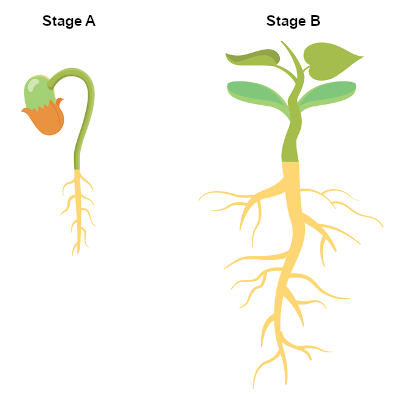
Eve claimed that the plant is able to make food in both stages A and B while John claimed that the plant is able to make food only in stage B and not in stage A.
Who made the correct claim? Explain your answer.
Solution:
John did. The plant in stage B has developed leaves and is able to help trap sunlight to make food while the plant in stage A does not have leaves to make food.
Explanation:
| C | Claim
|
|---|---|
| E | Evidence
|
| R | Reasoning
|
Question 2:
Joey wanted to find out how much light is able to pass through four different materials J, K, L, and M. He measured the amount of light that passes through each material with a light sensor and recorded his results in the graph as shown below.
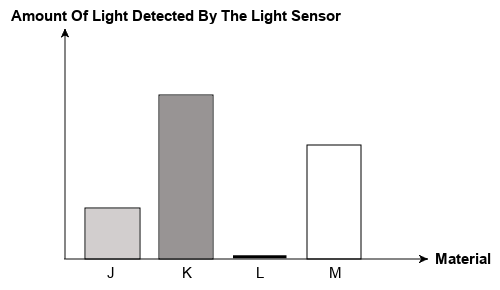
Joey wanted to make a display cabinet to display his trophies and medals.
Based on his experiment, which material should Joey use to make a display cabinet? Explain your answer.
Solution:
Material K.
As Material K allows the most amount of light to pass through, this allows his trophies and medals to be seen clearly.
Explanation:
| C | Claim
|
|---|---|
| E | Evidence
|
| R | Reasoning
|
Question 3:
Dawn poured equal amounts of boiling water into three similar containers made of different materials P, Q, and R. She then recorded the temperature of water in each container at regular intervals for two hours in the graph as shown below.

Dawn was planning for a picnic and wanted to keep her drinks in a cooler bag to keep her drinks cool for a longer period of time.
Based on the results from her experiment, which material P, Q, or R should Dawn choose to make the cooler bag? Explain your answer.
Solution:
Material R.
As the temperature of the water in material R decreased the slowest, it shows that the water in material R lost heat the slowest and material R is the poorest conductor of heat. Thus, the drinks in a cooler bag made of material R will lose heat slowest to the surroundings and keep cool for the longest period of time.
Explanation:
| C | Claim
|
|---|---|
| E | Evidence
|
| R | Reasoning
|
 SG
SG  VN
VN 


